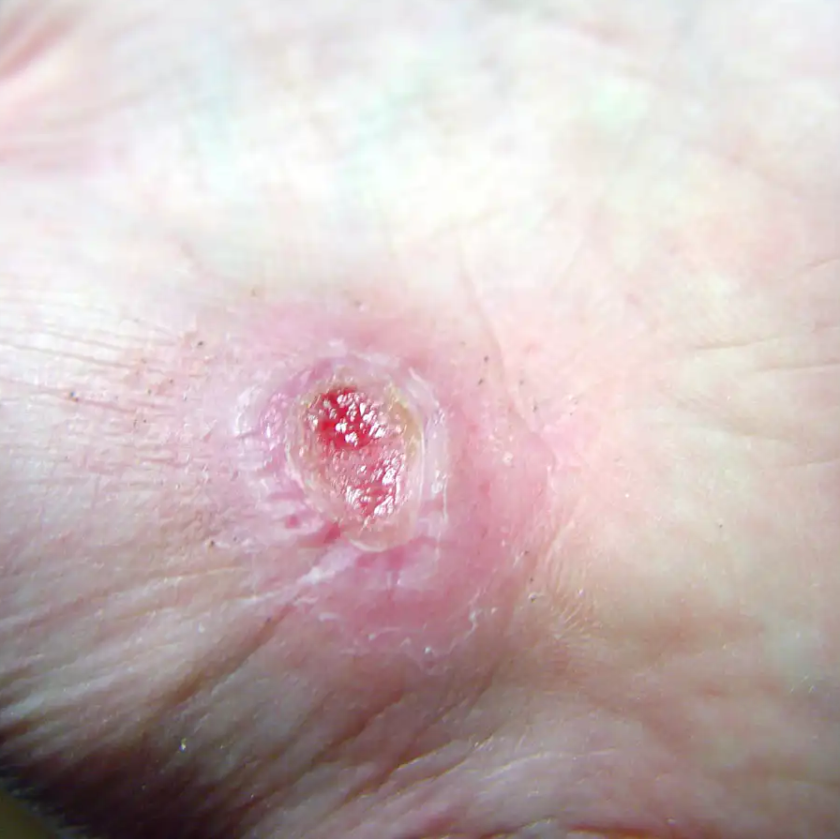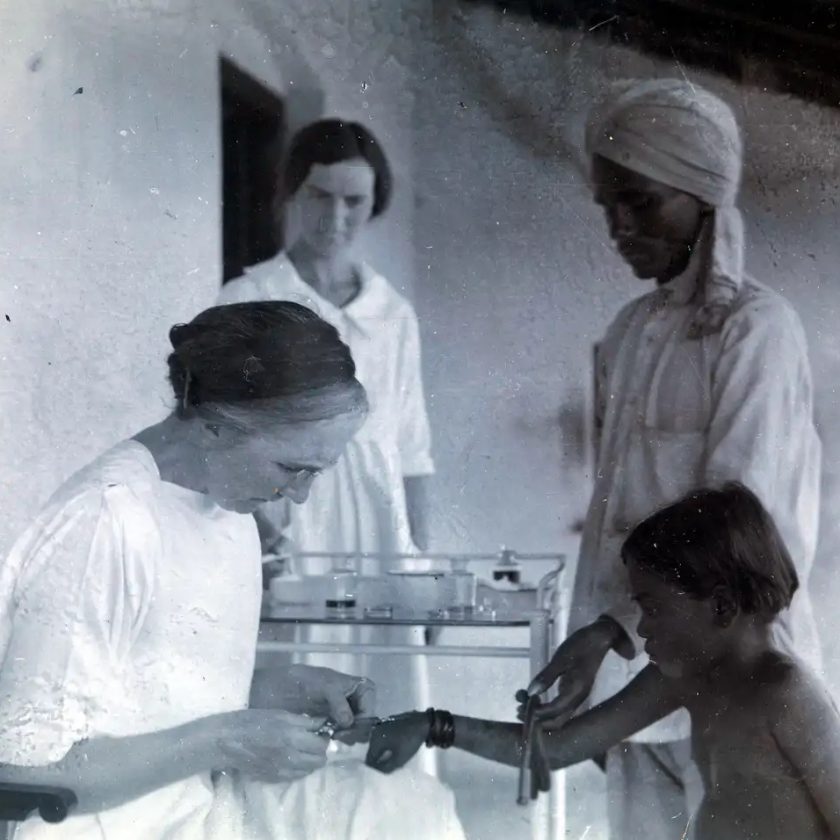By Jeri Lundgren, BSN, RN, PHN, CWS, CWCN
Every year, all long-term care (LTC) facilities funded by Medicare or Medicaid are inspected to ensure they are in compliance with federal and state regulations. The regulations are broken down into so-called F-Tags to help track data. The F-Tag designated for review of the facility’s pressure-ulcer prevention and management program is F314. If a resident develops a pressure ulcer in the facility or if a pressure ulcer worsens while the resident is in the facility (even
if the resident was admitted with the pressure ulcer), the facility could face a citation under F314. Such a citation, if not remedied, could lead to financial penalties, Medicare and Medicaid fund stoppages, or even closing of the facility.
When preparing for this annual survey, many providers focus on the charts of residents with wounds. However, many citations are triggered from residents without wounds. For example, a surveyor may observe a resident lying in a position longer than the plan of care indicates. So when preparing for a survey, staff should always look at the big picture—wound prevention and management.
The following items should be audited to help ensure your documentation is compliant with the F314 tag:
1. The risk assessment (such as with the Braden risk assessment tool) should be current and accurate. In LTC facilities, the risk assessment should be done:
• on admission or readmission
• weekly for the first 4 weeks after
admission
• with a change in the resident’s condition
• quarterly or annually with the minimum data set (MDS).
2. The plan of care should be audited to ensure that:
• all risk factors identified from the risk assessment, MDS, care area assessment, resident history, physical examination, and overall chart review are pulled forward and listed on the skin integrity plan of care
• the plan of care identifies correlating interventions to help stabilize or modify individual risk factors
• staff have been interviewed and have physically observed the resident to ensure all risk factors and interventions provided are reflected accurately on the plan of care.
3. Nursing-assistant assignment sheets should match the information on the plan of care.
4. Head-to-toe skin checks are performed weekly on all residents by licensed staff.
5. Wound assessments are done at least every 7 days, are complete and accurate, and include evaluation of wound progress.
6. Documentation reflects that the physician or nurse practitioner, family, and interdisciplinary team are notified when a wound is discovered, when no progress has occurred in 2 weeks, when the resident declines, and when the wound heals.
7. The treatment sheet order is transcribed accurately and treatment is being provided as prescribed.
Other items to audit
Also audit these items to prepare for the survey:
• resident turning and repositioning
• incontinence care
• use of supplies, equipment, and devices (such as heel lift boots, wheelchair cushions, and powered mattresses) to ensure these are functioning properly and are in good condition
• dressing-change technique
• storage of wound care supplies to ensure they meet infection-control guidelines and haven’t expired.
Ideally, the wound care nurse or nurse manager should set aside a designated number of hours every month to audit charts and observe hands-on care. This person also can use weekly wound rounds to monitor dressing changes, nurses’ ability to assess wounds, and equipment and dressing supplies.
Jeri Lundgren is director of clinical services at Pathway Health in Minnesota. She has been specializing in wound prevention and management since 1990.







